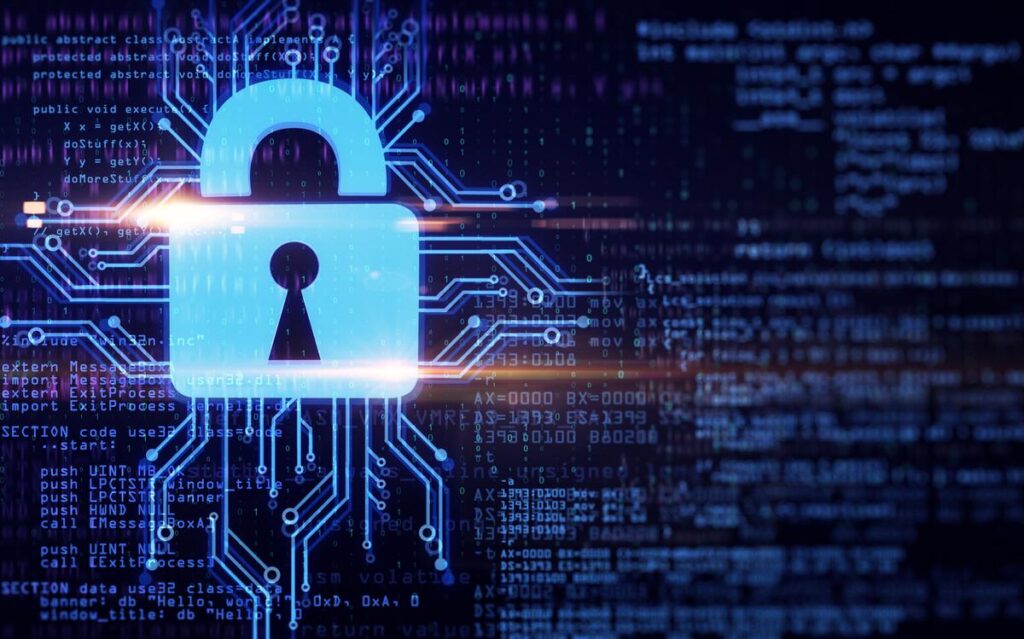How To Manage Endpoint Security
Due to the COVID-19 pandemic, the vast majority of businesses had to shift their on-premise work models to work-from-home models. In 2020, remote work models burst into our lives because of global lockdowns and curfews, but within two years, remote work models became permanent for many businesses as employees enjoyed the benefits that came along, and they didn’t want to turn back to offices for good. In fact, a recent Gallup study revealed that more than 50% of the American workforce don’t want to work in on-premise settings; instead, they prefer to work remotely even if they are allowed to work remotely some days of the week.
But, work-from-home models introduced a bunch of new cyber security risks, and during the pandemic, there was a drastic increase in cybercrimes, and this exponential rise became concerning for all sizes of businesses. As a result, businesses started to seek out security solutions that can manage the security of thousands of new connections, endpoints, and devices that access corporate networks and resources.
As of 2022, cybercriminals continue to exploit weak-end points and devices in their target’s network and frequently construct attacks by using remotely working employees’ access. Nowadays, businesses that fail to manage endpoint security are frequently targeted by cybercriminals and face severe consequences of cyber attacks like monetary and reputational damages. For these reasons, implementing up-to-date security solutions and updating legacy infrastructures has never been this important. Before explaining the most robust security solutions that can manage endpoint security. Let’s take a closer look at how to manage endpoint security.
1- Gather Information
The first step towards establishing endpoint security is to gather information about current security infrastructure, all corporate assets, and what type of data your business holds. Defining all access points is a great start, and this process will reveal what type of security solutions you need in order to safeguard your network perimeter and endpoints that access them. Then, you can identify who can be granted access to which resources and which areas should be restricted to access. This way, you will be able to understand your cybersecurity needs to manage endpoint security.
2- Select Cybersecurity Solutions
In the second step, you should select cybersecurity solutions according to the assessment you made and the information you gathered. Every endpoint layer might require different security features, and choosing the right security solutions that meet your organizational needs are critical. Your choice of security solutions should deliver cloud, network, software & hardware, and endpoint protection and strengthen your cybersecurity posture against cyber attacks.
3- Implement The Right Cybersecurity Solutions
In the last step, you should implement cyber security solutions that you chose into your existing infrastructure. During integration, you should monitor and assess the performance of these solutions. If something isn’t functioning properly, your whole network can be exposed to cyber-attacks. Additionally, you should assess vulnerabilities in your systems and see if your newly integrated security solutions fix these vulnerabilities or not.
Cybersecurity Solutions That Deliver Endpoint Security
1- Zero Trust Network Access (ZTNA)
The Zero Trust Network Access (ZTNA) solution is a holistic framework for network security. Zero Trust is based on the idea “trust none, authenticate all” and employs the least privilege principle. While using this framework, all users, devices, and applications must authenticate their identities via multi-factor authentication (MFA), biometrics, or single sign-on (SSO) tools before they are allowed to access.
Additionally, this framework limits all users, devices, and applications’ access inside the network perimeter, and no entity can move laterally. Other than these, Zero Trust enables wider network visibility and employs user and activity monitoring features which are essential for maintaining endpoint security because these features allow IT admins to detect anomalies and abnormal behaviors quickly. So the second anomaly pop-up, Zero Trust, enables immediate response.
2- Secure Access Service Edge (SASE)
Secure Access Service Edge (SASE) is a cloud-native architecture that consists of five main components; SD-WAN as service, Secure Web Gateway (SGW), Firewall as Service (FWaaS), Cloud Access Security Broker (CASB), and Zero Trust Network Access (ZTNA). These components include networking and security features, and they operate as a unified service in the cloud and enable enhanced network, cloud, and endpoint security. Additionally, SASE provides enhanced protection for on-premise infrastructures and devices as well.
SASE’s networking component SD-WAN allows secure remote access to corporate networks and resources. FWaaS and SGW secure the cloud perimeter and edge points and constantly search for malware or undesired software. This framework’s multi-layer security architecture is the best for establishing endpoint security.
3- Smart Remote Access
Smart Remote Access solutions allow users to create a virtual local area network (LAN) for securely accessing the devices inside the internal network. Integrating these solutions allows IT admins to access and control the devices inside the network perimeter and fix problems as they occur. In essence, it enables remote access smart devices. Additionally, while using these solutions, employees can securely access the shared files and corporate remotely with their colleagues. In this regard, Smart Remote Access solutions are great for maintaining endpoint security.
Last Remarks
In our modern age, work-from-home models are common among all sizes of businesses. But, the more employees start to work remotely, the more businesses are up against the risk of cyber attacks. That’s why it is critical to establish endpoint security. Implementing ZTNA, SASE, or Smart Remote Access solutions can help your businesses maintain endpoint security.


























